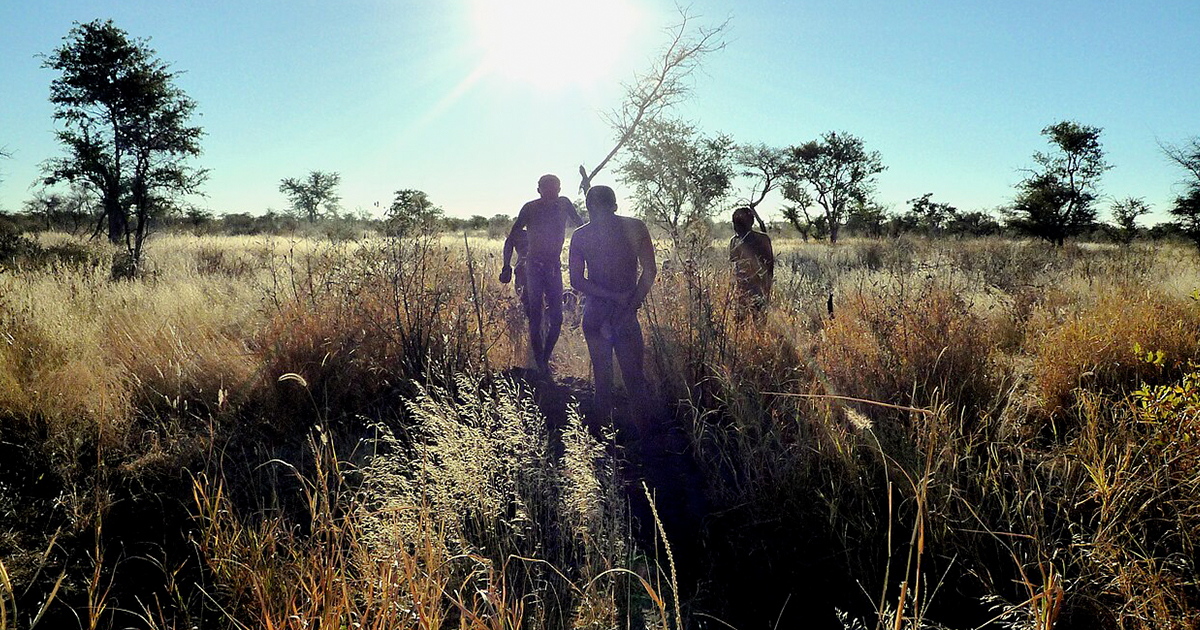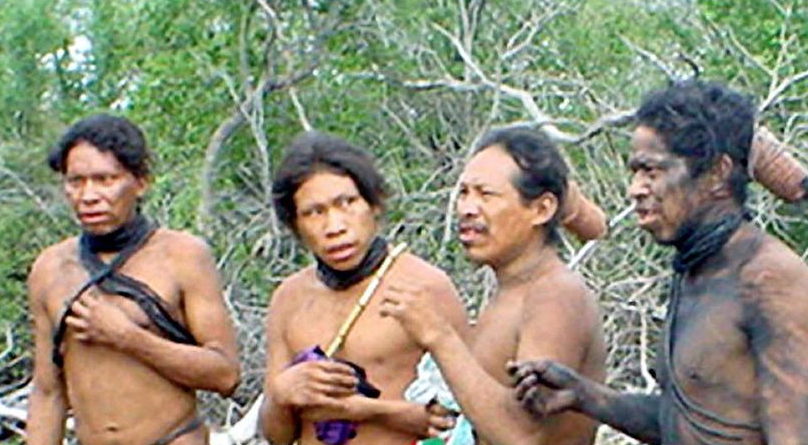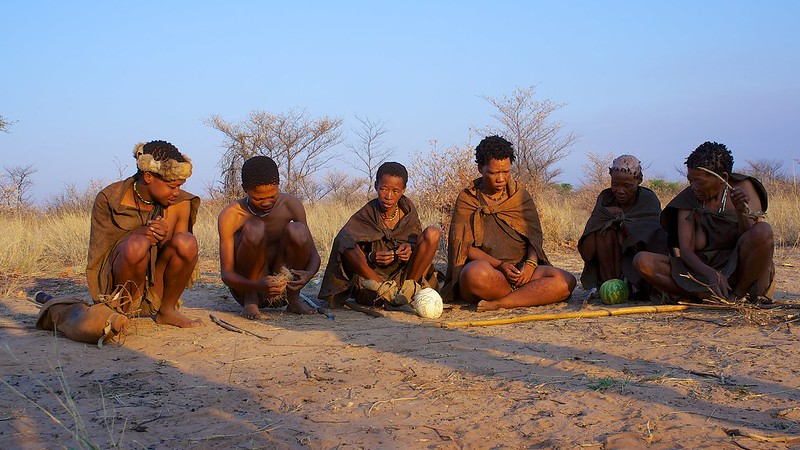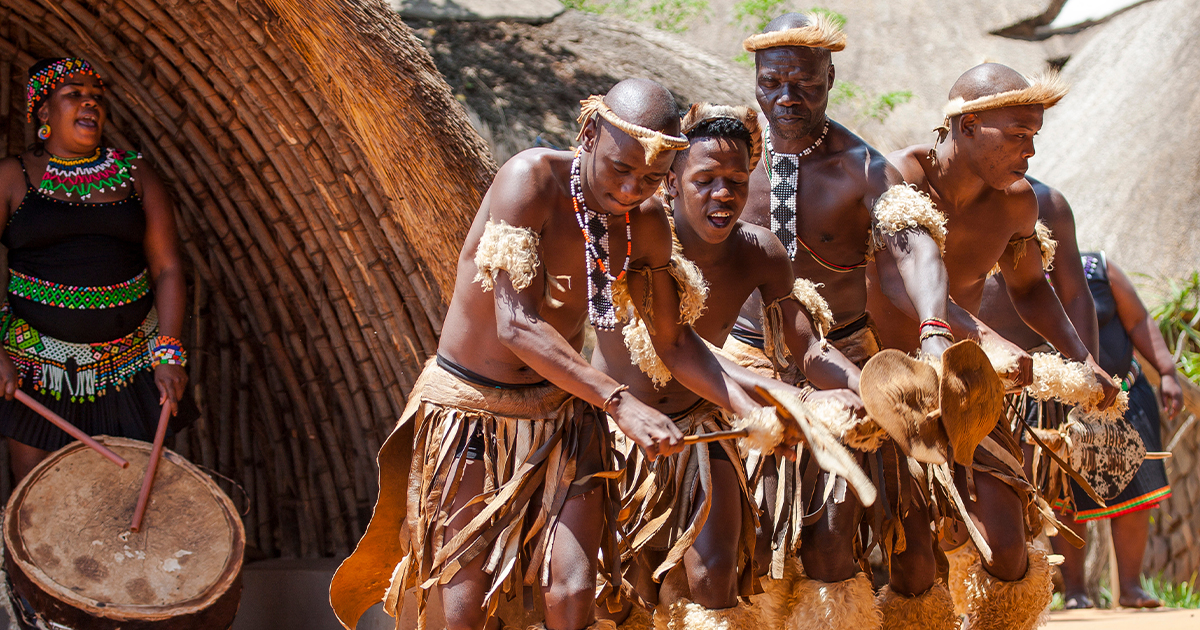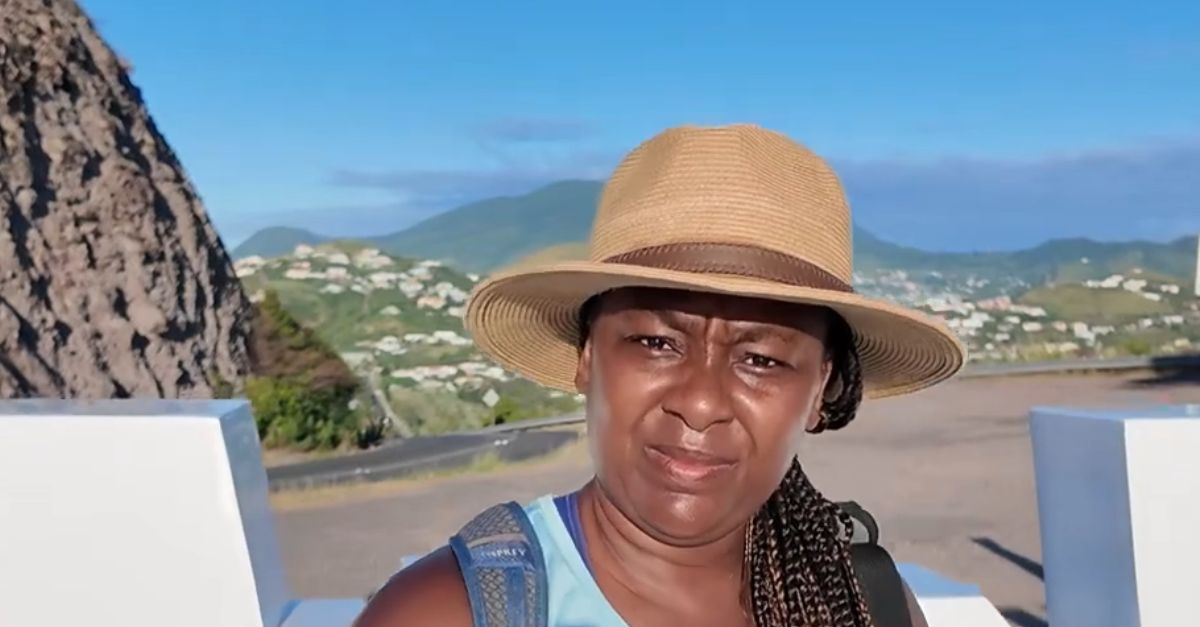The Most Isolated Culture On Earth
The Toromona are an uncontacted indigenous people of Bolivia. They live in voluntary isolation, meaning they have virtually no contact with the outside in world.
In fact, it is not clear if this tribe even exists.

Do they even exist?
Actually, no non-native people have ever contacted this tribe. Currently, it is still not clear whether the Toromona tribe perished during the rubber boom or retreated to inaccessible parts of the rainforest.
Note: Images in this article may represent similar tribes from the same territory, as information about the Toromona Tribe is extremely limited.
 Internet Archive Book Images, Wikimedia Commons
Internet Archive Book Images, Wikimedia Commons
Has anyone ever seen them?
There are rumors about a mysterious group wandering through the forest south of the Araona territory in Puerto Araona.
Some say it is the Toromona “ghost” group, others believe it may be another uncontacted tribe.
 CIAT, CC BY-SA 2.0, Wikimedia Commons
CIAT, CC BY-SA 2.0, Wikimedia Commons
Why is it difficult to find them?
Some say tribal members have no hesitations about executing outsiders—which may be why we have such little information about them, because no one makes it home to share their findings.
Here’s what we do know, based on historical research and tales from other Indigenous tribes.
Where do they live?
They live near the upper Madidi and Heath Rivers in northwestern Bolivia.
In 2006, Bolivia created a reserve especially for isolated Indians—specifically the Toromona. The reserve is 19,000 sq km, and prohibits logging, mining, and oil exploration.
What language do they speak?
It is believed that the Toromona tribe speak the Toromono language, which is a Tacanan language—a family of languages spoken in Bolivia.
Many of the languages are endangered. Toromono is apparently extinct.
How do they survive?
It is believed that the Toromona are a nomadic tribe, moving around the land in an attempt to keep hidden, and to support their traditional hunter-gatherer lifestyle.
 David Barrie, CC BY 2.0, Wikimedia Commons
David Barrie, CC BY 2.0, Wikimedia Commons
What do they eat?
Traditionally, the Toromona people depending primarily on foraging, like their Tacana neighbors—a similar tribe that is in contact with the outside world today.
They foraged for vegetables and fruits, nuts, honey, and turtle eggs. And they hunt for various game they come across as they travel.
How do they hunt?
The tribal peoples of Bolivia typically hunt using a group effort, involving encircling the game with people and dogs (after the 19th century) and securing the game with bows and arrows.
 South African Tourism from South Africa, CC BY 2.0, Wikimedia Commons
South African Tourism from South Africa, CC BY 2.0, Wikimedia Commons
How do they fish?
It is believed that they use various methods in fishing, one being capturing fish in the pools left by receding waters after flood season.
They also shoot fish with bows and arrows and poison them with the sap of the soliman tree.
Do they have gender roles?
The Toromona men do the hunting, and the women process the meat. The women are also solely responsible for gathering and harvesting of fruits and vegetables.
Women are also responsible for weaving clothing, and the men make the tools.
 Frank Vassen, CC BY 2.0, Wikimedia Commons
Frank Vassen, CC BY 2.0, Wikimedia Commons
Do they have pets?
The Toromona tribe’s neighbors, the Tacana raise dogs and chickens. The dogs only became pets starting in the 19th century.
It is unclear if the Toromona tribe also uses dogs for pets, but it has been stated that they will keep chickens if available.
What do they wear?
Considering the Toromona are completely uncontacted, they do not have access to even a little bit of modern material.
The women make very simple coverings made from materials of the forest, which include bark and cotton. A lot of tribe members go completely unclothed.
What are their shelters like?
Other Indigenous groups have said that the Toromona tribe appear to live in large dwellings, occupying as many as twenty family members.
These dwellings are more for gathering though, they sleep in smaller huts.
 Edward S. Curtis, Wikimedia Commons
Edward S. Curtis, Wikimedia Commons
What were their sleeping huts like?
Their huts are said to be smaller, designed to shelter them from mosquitoes and vampire bats. Some may live in simple windbreaks constructed of a row of large leaves.
Some are said to use bark as beds, while others simply sleep on the ground.
What is their family dynamic?
It is said that the Toromona divide their groups based on kinship on the father’s side of the family. This means that when a man and a woman marry, they dwell among the husband’s family.
What is marriage like?
Traditionally, tribes closely related to the Toromona marry at age 9 or 10, but the marriage is not consummated until after puberty. Some men prefer multiple wives, and the women often have little say in who they marry.
Marriages are very easily ended.
What are their childbirth rituals?
Women have their babies in the forest, away from camp. At the same time, the men stay back at their dwelling and perform a ritual as though they were experiencing the birth physically as well.
How do they perform funerals?
Funerals among similar tribes often include rituals before the person has actually passed. Of course, this is only the case if it is expected. Dancing, singing, and eating ceremonial food takes place.
 Department of Foreign Affairs and Trade, CC BY 2.0, Wikimedia Commons
Department of Foreign Affairs and Trade, CC BY 2.0, Wikimedia Commons
What do they do with the bodies of tribe members?
Once a tribe member has passed, their body is either buried in their hut—with the door being moved to prevent their ghost from coming back, or buried in the forest with their possessions.
This depends on the social status of the individual.
 Simon_sees, CC BY 2.0, Wikimedia Commons
Simon_sees, CC BY 2.0, Wikimedia Commons
How do they make tools?
Explorers have reported finding tools in camps left behind by the suspected Toromona tribe.
These tools included spoons made from wood, small stone axes fastened to the handle with resin, and fans made from palm trees.
 Wellcome Collection, CC BY 4.0, Look And Learn
Wellcome Collection, CC BY 4.0, Look And Learn
Do they have toys?
Another interesting find in abandoned camps where the Toromona are expected to be, are little flutes made of bones, with three hollows.
There are also balls made of flexible woven tree branches found in the area.
Are other tribes among them?
As mentioned, there are other Indigenous tribes in the same area that have chosen to come forward and adopt some modern ways of life. For example, the Araona tribe and the Tucana people.
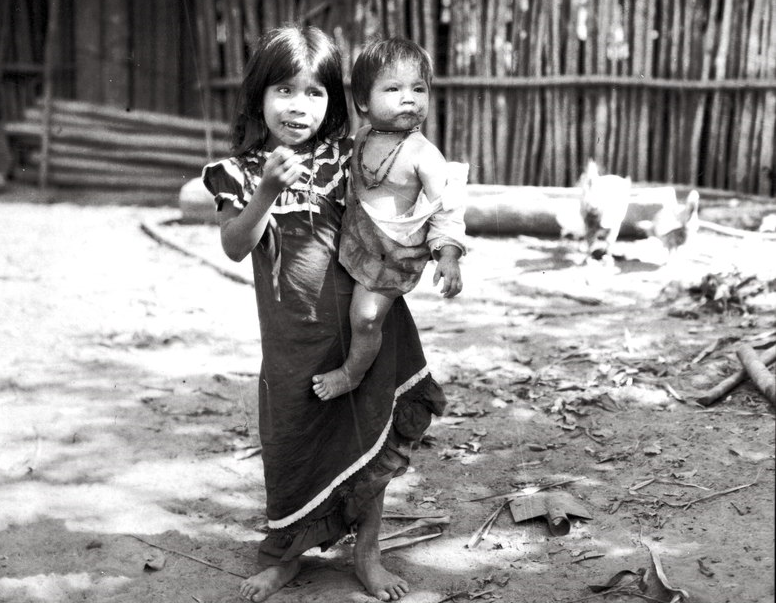 Erland Nordenskiöld, Wikimedia Commons
Erland Nordenskiöld, Wikimedia Commons
Why do they choose isolation?
The Toromona tribe has never followed suite, and their neighboring tribes fully support their choice and help them remain hidden, only offering confirmation of brief sightings over the years.
There is one particular legend that might shed some light on this.
 Department of Foreign Affairs and Trade, CC BY 2.0, Wikimedia Commons
Department of Foreign Affairs and Trade, CC BY 2.0, Wikimedia Commons
The Paititi Legend
The Toromona tribe are the origin of the Paititi legend, which is the southern Amazon version of the El Dorado myth—the Lost City of Gold.
 Chibchaslife, CC BY-SA 4.0, Wikimedia Commons
Chibchaslife, CC BY-SA 4.0, Wikimedia Commons
The Lost City of Gold
During the Spanish colonization, settlers found it difficult to adapt to the area of the Amazon Basin.
Besides surviving, their main goal was to find a secret place called Paititi, an alleged hiding place of the Incas' most valuable treasures which had been sequestered away from the Spaniards.
 Turismo Inkaiko SRL, CC BY 2.0, Wikimedia Commons
Turismo Inkaiko SRL, CC BY 2.0, Wikimedia Commons
Protection of Paititi
It is suggested that the Toromona tribe are protectors of Paititi and all of its treasures.
One historical explorer alleges that they possess no qualms or reservations with regards to the executing of outsiders.
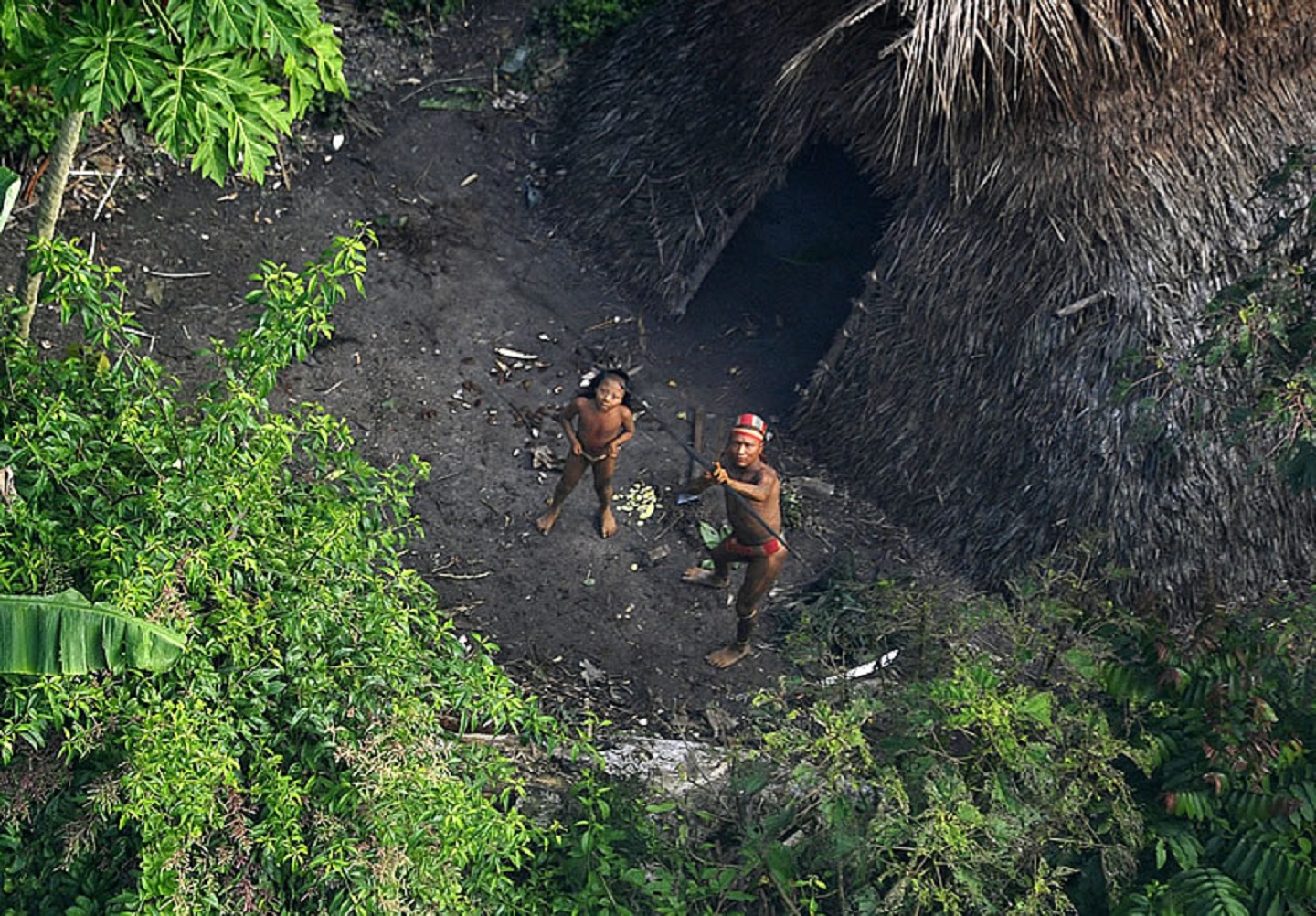 Gleilson Miranda, CC BY 2.5 BR, Wikimedia Commons
Gleilson Miranda, CC BY 2.5 BR, Wikimedia Commons
Is it really a myth?
Here’s the thing, no one has officially confirmed the existence of Paititi, or the Toromona tribe. Even today, explorers actively search the jungle for this mythical land of gold, and the tribe is only confirmed by historical accounts.
Notable Incidents: Percy Harrison
In 1911, a British explorer named Percy Harrison Fawcett failed an attempt to locate the uncontacted tribe, and mysteriously disappeared.
The Lost City of Z was a film released in 2017 detailing Fawcett’s expedition to find the Toromona people.
 Daniel Candido, Wikimedia Commons
Daniel Candido, Wikimedia Commons
Notable Incidents: Lars Hfskjold
Later in the 1980s, Norwegian biologist Lars Hafskjold had searched exhaustively for the Toromona, and became quite famous due to his disappearance, somewhere in the region of the Madidi park.
It is believed he may have come across the tribe and was executed.
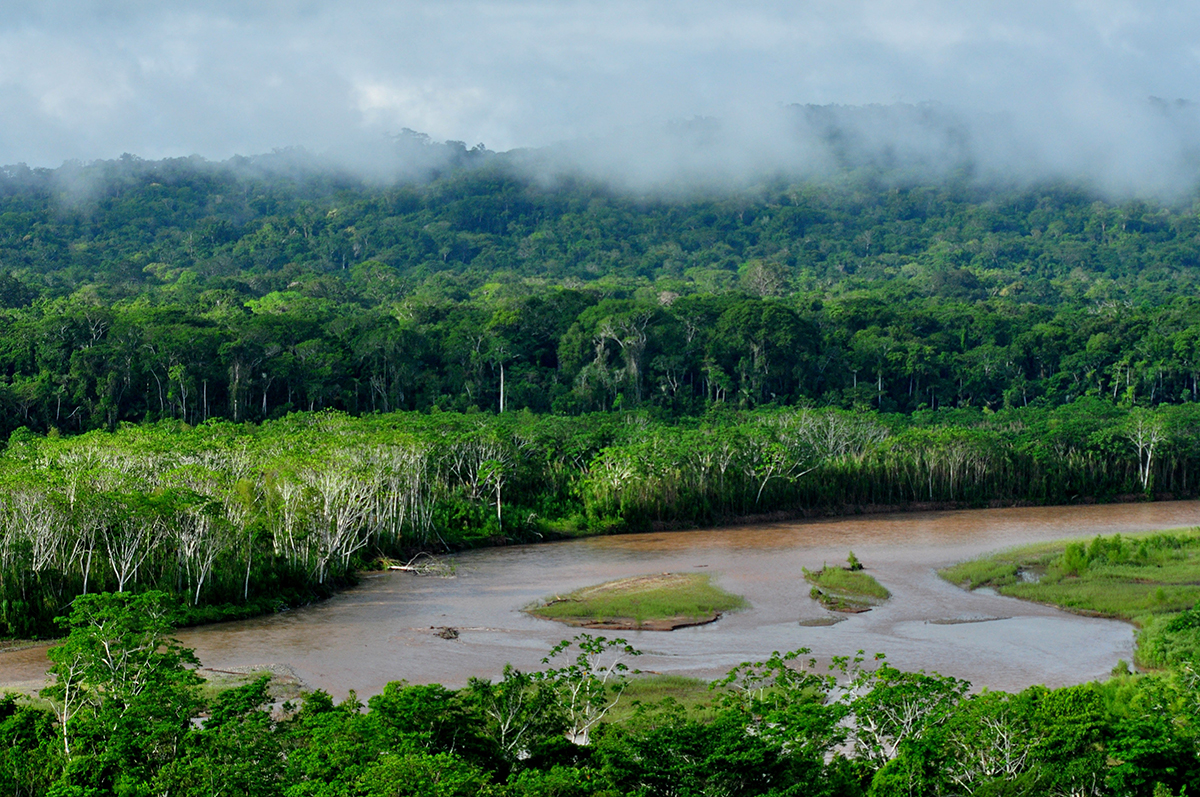 Dirk Embert / WWF, CC BY-SA 3.0 DE, Wikimedia Commons
Dirk Embert / WWF, CC BY-SA 3.0 DE, Wikimedia Commons
Are they aware of dangers?
It is assumed that the Toromona tribe is aware of us outsiders, and that they choose to stay isolated for their safety.
There are around 30 indigenous tribes in Bolivia, and 14 of them are currently extremely critical situations as far as their survival—the Toromona being listed as one of them.
 Gleilson Miranda/FUNAI, CC BY 2.0, Wikimedia Commons
Gleilson Miranda/FUNAI, CC BY 2.0, Wikimedia Commons
Why are they in danger?
Many Indigenous tribes today are in significant danger of not just losing their territories, but also losing their lives.
Their homelands are being colonized, even today, as loggers, miners and oil explorations search for new land to take over.
 Gleilson Miranda, CC BY 2.0, Wikimedia Commons
Gleilson Miranda, CC BY 2.0, Wikimedia Commons
Why can’t we protect them?
Many times, reserves are opened to protect the Indigenous groups and their land. However, not everyone obeys the rules.
Many of the logging and mining expeditions that take place happen unlawfully, and it takes years for any retribution to commence.
What does this mean for the Indigenous people?
Many of the Indigenous tribes that exist today remain as hunter-gatherers, and most of them are nomadic because they follow their food sources.
By taking the land, they lose their hunting grounds, as well as the forest that protects them from both outsiders as well as the environment.
How does the environment affect their survival?
When they lose their forested land, they lose their food, shelter, clothing, tools—everything.
They are then forced into reserves where they only have a set amount of space that is expected to be enough for their whole lives—which is drastically untrue.
That’s not the only danger.
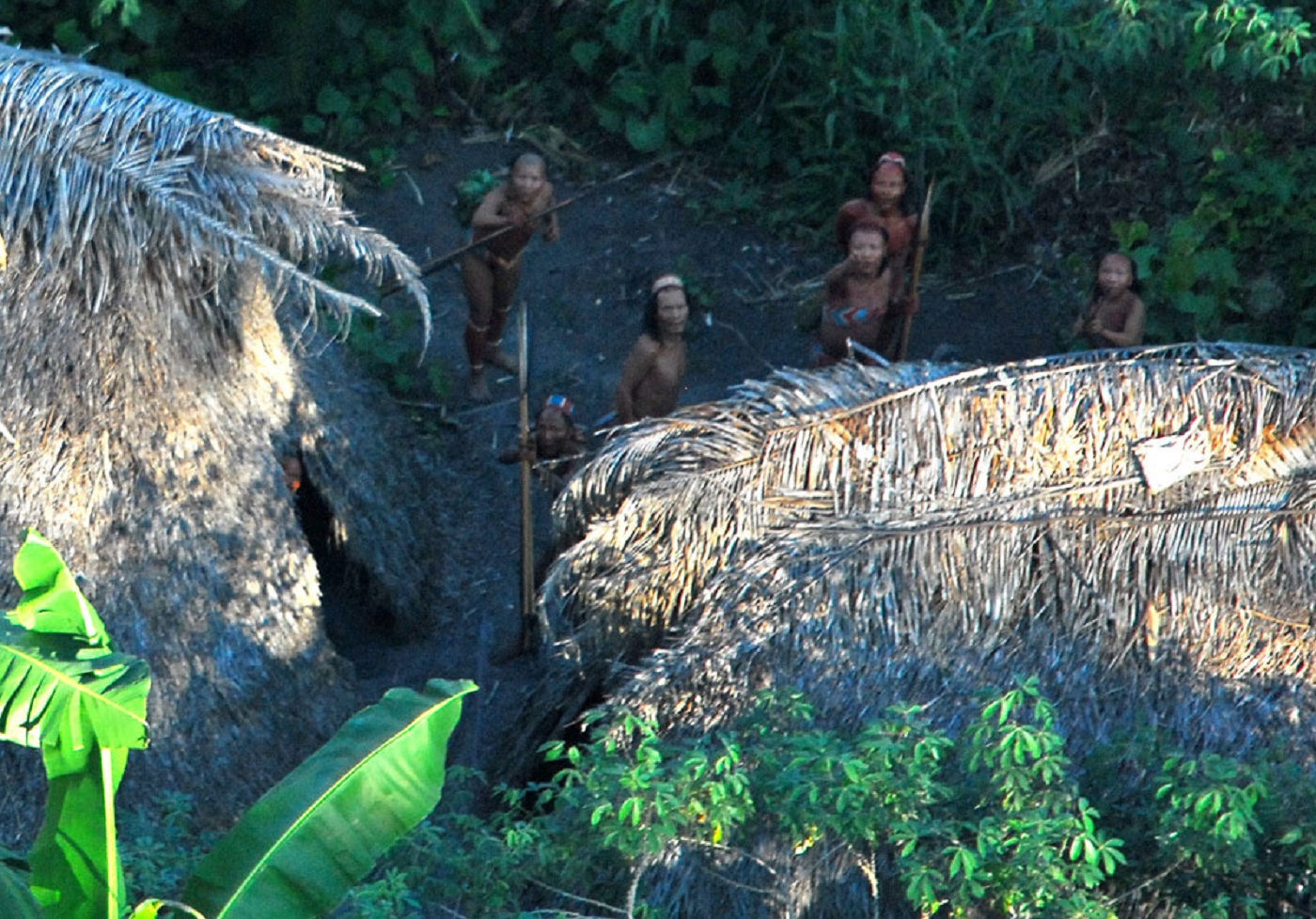 Gleilson Miranda, CC BY 2.0, Wikimedia Commons
Gleilson Miranda, CC BY 2.0, Wikimedia Commons
How does contact with outsiders affect their health?
When uncontacted tribes are met by outsiders, they are immediately introduced to germs that they have never been exposed to.
A simple common cold that may lie dormant in our body, could decimate an entire tribe.
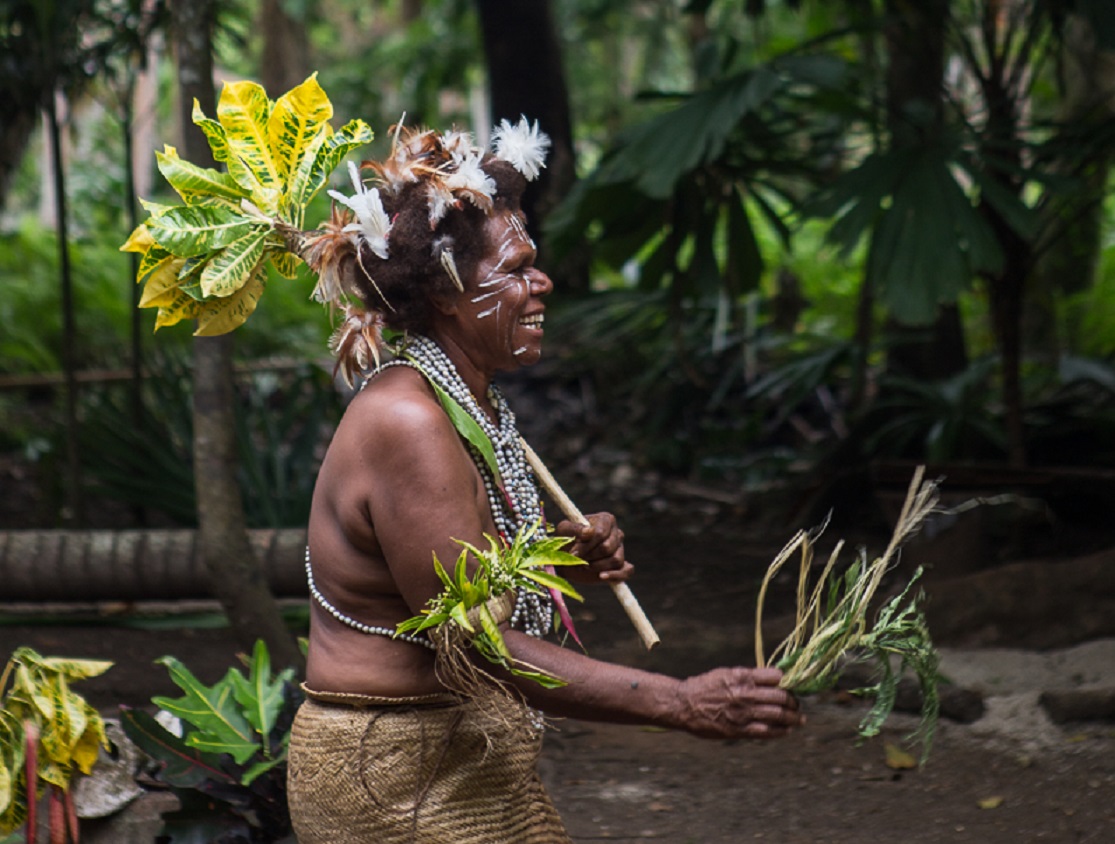 Department of Foreign Affairs and Trade, CC BY 2.0, Wikimedia Commons
Department of Foreign Affairs and Trade, CC BY 2.0, Wikimedia Commons
Are they at risk of extinction?
Yes, in fact many people believe that the Toromona tribe no longer exists, and this could very likely be due to colonization, which introduced disease.
It could also be due to genocide.
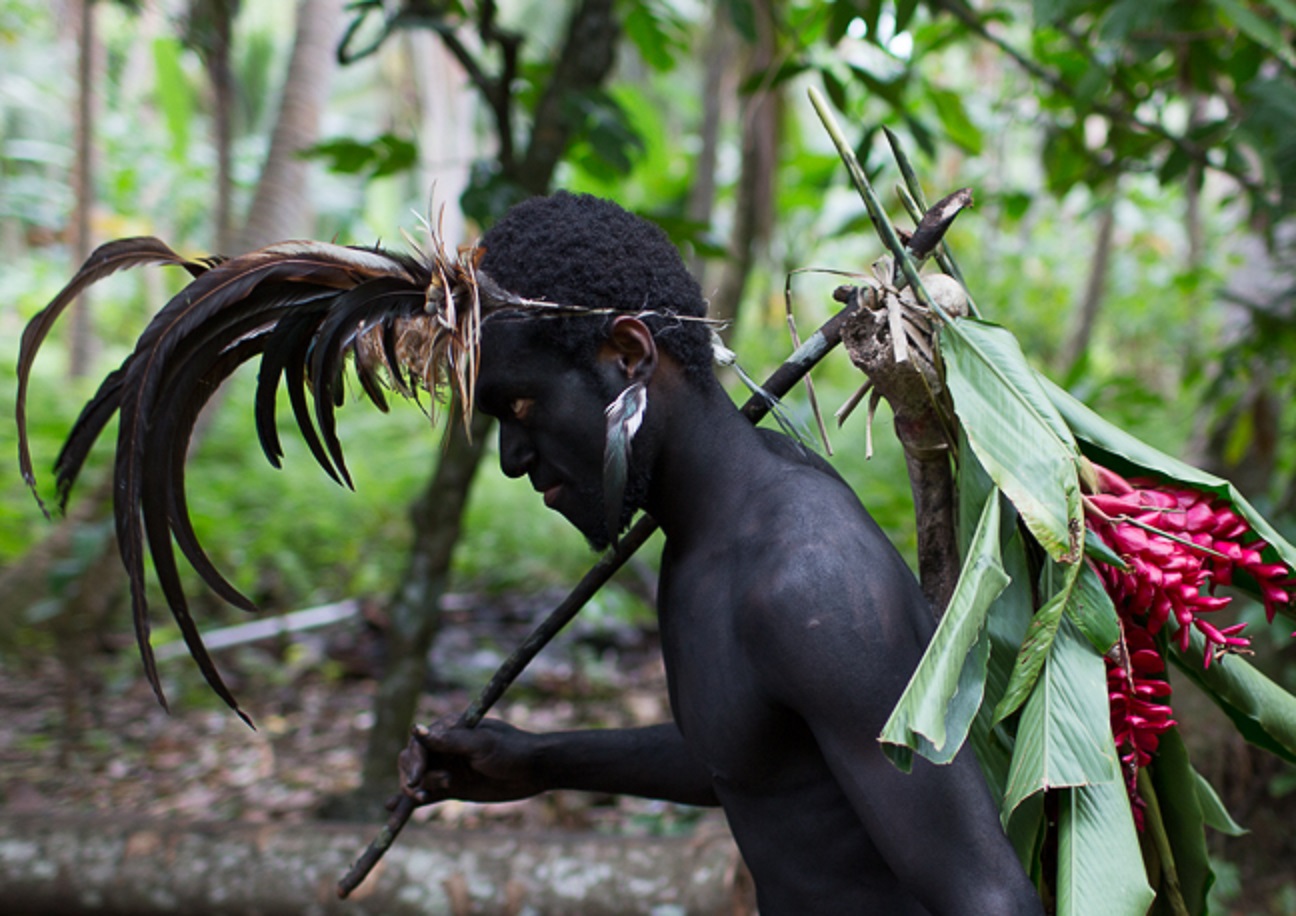 Department of Foreign Affairs and Trade, CC BY 2.0, Wikimedia Commons
Department of Foreign Affairs and Trade, CC BY 2.0, Wikimedia Commons
Why is this happening?
The simple answer here is greed. Many logging companies, oil companies and mining companies want to make money off the land that these tribes occupy.
If they can’t force them to leave, they take it to the next level. There are countless reports of outsiders opening fire on camps, ending the lives of entire tribes.
Will we ever find the Toromona Tribe?
With any luck, no we will not. Many Indigenous Rights Activists are fighting to keep the Toromona tribe as hidden as possible.
Research is not needed. We have everything we need from other tribes in the area. There is no reason to put their lives at risk for the sake of research.
 Gleilson Miranda, CC BY 2.0, Wikimedia Commons
Gleilson Miranda, CC BY 2.0, Wikimedia Commons
Final Thoughts
The Toromona Tribe is an uncontacted Indigenous tribe that remains a mystery. Their existence has been confirmed, but only by other Native peoples.
Their chosen isolation is likely due to an immense need for safety and preservation of their traditional nomadic lifestyle.
We hope they remain in the shadows for generations to come.
 Gleilson Miranda, CC BY 2.0, Wikimedia Commons
Gleilson Miranda, CC BY 2.0, Wikimedia Commons

